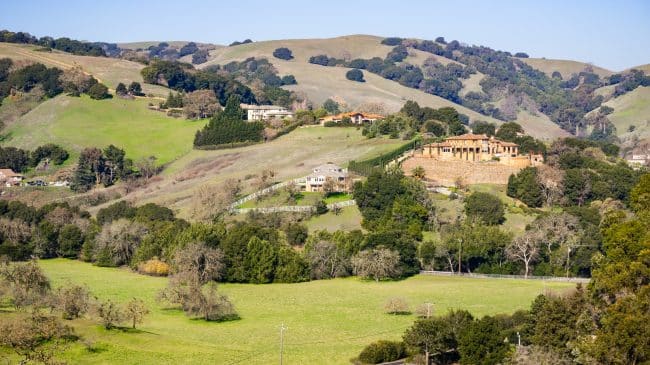West Contra Costa County seems to be a Bermuda triangle of government finance: It’s a place where taxpayer money often disappears without explanation, leaving local governments teetering on the edge of insolvency.
The area’s health care district is one of just a handful of government entities to file Chapter 9 bankruptcy twice. Now with Doctor’s Hospital shuttered, parcel tax receipts go mostly to pay off bondholders rather than to provide the emergency room services voters thought they would get when they approved the supplemental levy.
Last month, State Auditor Elaine Howle placed the cities of El Cerrito and Richmond on her list of California’s most fiscally distressed cities, despite their location in the state’s most economically robust region.
And then there is the school district — West Contra Costa Unified School District (WCCUSD) has a legacy of financial difficulties, and a new wave of troubles appears to be at hand.
When WCCUSD was still called Richmond Unified, it became the second California school district to file for bankruptcy. Just prior to the 1991 filing, the district was running $20 million annual operating deficits. District officials threatened to end the school year six weeks early but relented after the state provided a 20-year, $29 million loan. While the school district paid off the loan, it operated under the supervision of a state trustee.
During this trusteeship and in the years immediately following, the district generally avoided large deficits. But now the red ink has returned. WCCUSD’s latest audited financial statement shows a $17 million general fund deficit for the 2017-18 school year. Unaudited figures presented at a September board meeting show an additional $14 million of red ink in 2018-19 and a projected $39 million gap for the current year.
Unrestricted general fund reserves have already fallen below the best practice guideline of two months of expenditures recommended by the Government Finance Officers’ Association and are rapidly being exhausted.
Meanwhile, the district is perpetuating an overambitious capital program. WCCUSD’s balance sheet contains $1.4 billion of bonded debt. This despite enrollment that has declined by more than 1,000 students (about 4 percent) since the 2013-14 school year.
While all children deserve to be taught in decent facilities, one wonders whether it was necessary to spend over $200 million to reconstruct a high school for just 1,200 students. That was the cost for the new Pinole Valley High School, which features separate buildings for classrooms, a gym and performing arts. It replaced a school facility erected just 50 years earlier; the new construction required students to attend class in portables for five school years. Having received an outstanding high school education in a single, 70-year-old building, it is hard for me to see the wisdom of this project.
Even for those who think tomorrow’s schoolchildren deserve plush facilities – even at the cost of today’s kids being relegated to portables – there remain the issues of waste, fraud, and abuse. In April 2015, WCCUSD project analyst Dennis Clay made a whistleblower complaint, releasing hundreds of documents that provided evidence of systemic mismanagement. The district responded by hiring an external accounting firm to conduct a forensic accounting investigation at a cost of almost $1 million.
More recently, The Wall Street Journal investigation found that insiders made $1.24 million from flipping newly issued WCCUSD bonds within 10 days of their initial sale. This suggests that the bonds were seriously underpriced and that taxpayers will have to pay significantly more interest costs than necessary.
The WCCUSD board’s approach to all of this appears to be more of the same: another bond measure and a parcel tax in 2020. A polling consultant recently advised the board that this all may be more than progressive West Contra Costa voters can stomach, recommending that they put the bond on the March ballot and hold back the tax measure until November. Appearing to heed this advice, the board Nov. 20 voted to place a $575 million construction bond measure on next year’s March 3 ballot to build and upgrade school facilities.
We can only hope that local voters, in their understandable excitement to end the Trump presidency, will take the time to comprehend the dangers to their pocketbooks further down the ballot.
This column was originally published in the Mercury News.

